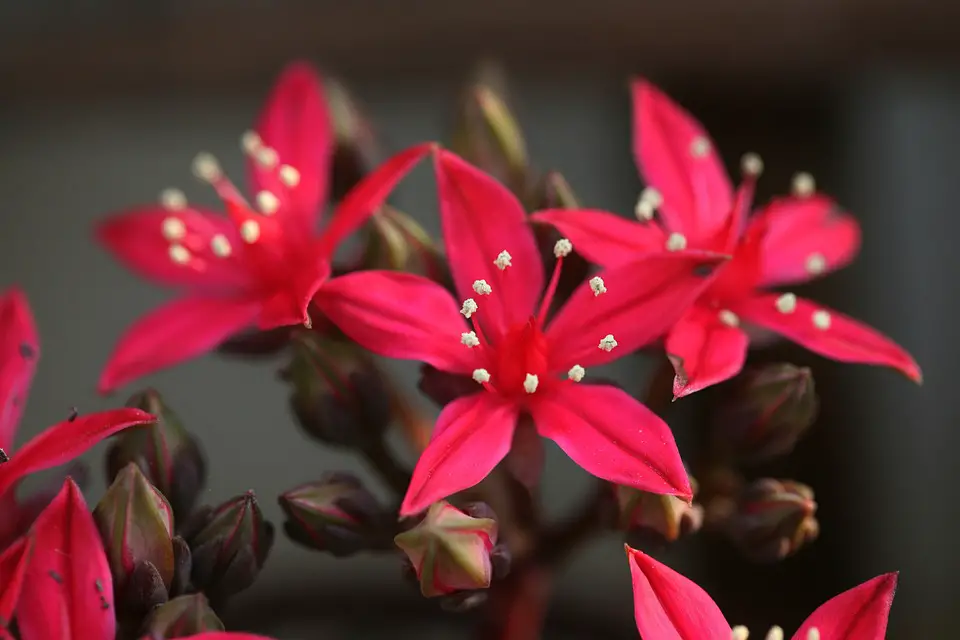Introduction
Greenhouses are a gardener’s paradise, offering the opportunity to extend the growing season and cultivate plants that would otherwise struggle in different climates. With the right techniques and knowledge, you can create a lush oasis for your plants. This ultimate guide will provide you with everything you need to know about greenhouse gardening.
Choosing the Right Greenhouse
The first step in creating an oasis for your plants is to choose the right greenhouse. Consider the size, material, and design that best fits your gardening needs. Whether you opt for a traditional greenhouse made of glass or a more affordable polycarbonate structure, ensure that it provides ample space and proper insulation.
Setting Up Your Greenhouse
Once you have your greenhouse, it’s time to set it up for optimal growth. Start by selecting a suitable location that receives plenty of sunlight throughout the day. Install a ventilation system to regulate temperature and humidity. Don’t forget to add benches, shelves, and hanging hooks to maximize your growing space.
Proper Watering Techniques
Watering is crucial for successful greenhouse gardening. Use a drip irrigation system or carefully water your plants to avoid over or under-watering. Consider installing a rainwater collection system to reduce your water usage and provide plants with the purest source of hydration.
Choosing the Right Plants
Not all plants thrive in a greenhouse environment. Selecting the right plants that suit your growing conditions is essential. Consider factors such as temperature, humidity, and light requirements. Popular choices for greenhouse gardening include tropical plants, herbs, vegetables, and flowering plants.
Pest Control
Greenhouses can be a haven for pests, so it’s crucial to implement effective pest control strategies. Regularly check your plants for signs of infestation, such as yellowing leaves or wilting. Use organic pest deterrents or introduce beneficial insects to keep pests at bay without harmful chemicals.
Maintaining the Greenhouse
Maintaining your greenhouse is essential for long-term success. Regularly clean the glass or polycarbonate panels to ensure maximum light penetration. Prune plants to promote healthy growth and prevent overcrowding. Keep the greenhouse organized and free from debris that could harbor pests or diseases.
FAQs
What is the ideal temperature range for a greenhouse?
The ideal temperature range for a greenhouse varies depending on the type of plants you are growing. Generally, most plants prefer temperatures between 65°F and 85°F (18°C to 29°C) during the day, and slightly cooler temperatures at night.
How often should I ventilate my greenhouse?
Proper ventilation is crucial to maintain ideal temperature and humidity levels inside the greenhouse. It’s recommended to ventilate your greenhouse daily, especially during hot summer days, by opening doors, windows, or using vents. Monitor the temperature and adjust ventilation accordingly.
Can I grow vegetables year-round in a greenhouse?
Greenhouses provide a controlled environment, allowing you to grow vegetables year-round. However, some vegetables are better suited for winter or summer growing. Research the specific requirements of the vegetables you want to grow and make adjustments to temperature and daylight hours accordingly.
Should I use artificial lighting in my greenhouse?
While natural sunlight is usually sufficient for most plants, supplemental artificial lighting can be beneficial, especially during dark winter months. LED grow lights are energy-efficient and provide the right spectrum for plant growth. Use timers to provide the necessary photoperiod for your plants.
How can I prevent diseases in my greenhouse?
To prevent diseases in your greenhouse, practice good hygiene. Sterilize your equipment, avoid overwatering, and provide adequate air circulation. Quarantine plants that show signs of disease and promptly remove any infected plant material. Additionally, consider using disease-resistant plant varieties and avoiding overcrowding.




